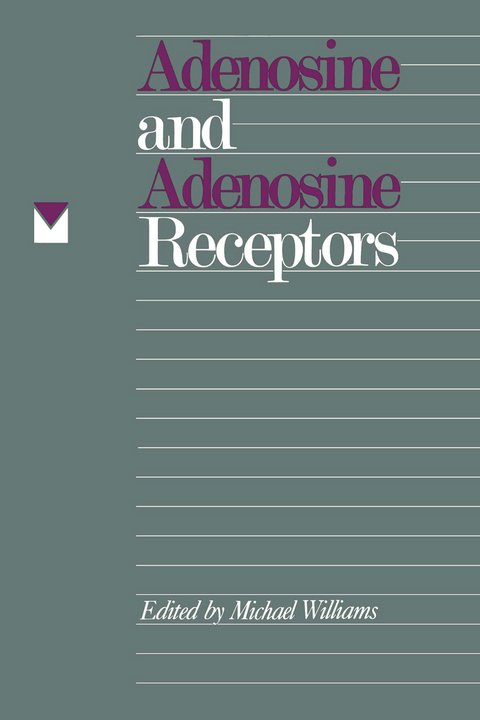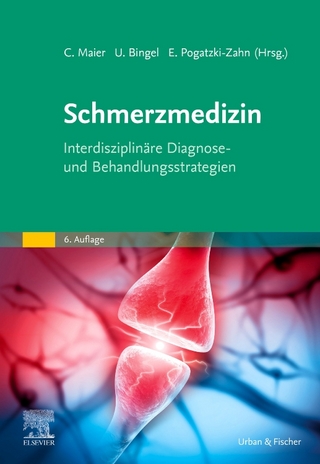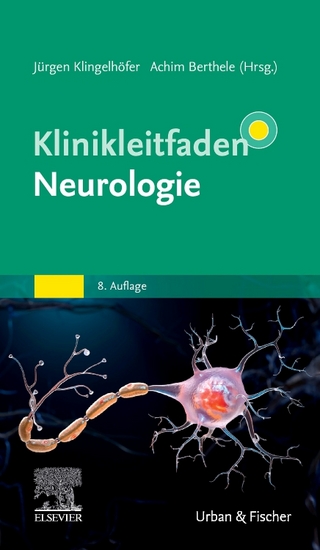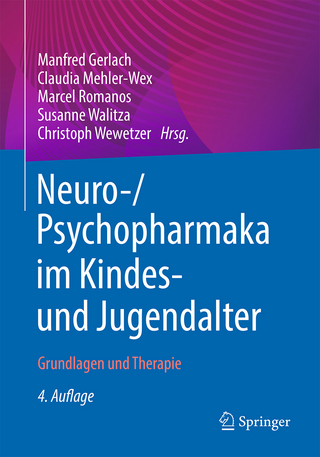
Adenosine and Adenosine Receptors
Humana Press Inc. (Verlag)
978-1-4612-8850-3 (ISBN)
Numerous research tools have derived from these efforts including: 2-chloroadenosine, R-PIA (~-phenylisopropyladeno- sine; NECA (5' N-ethylcarboxamidoadenosine); CV1808; CI936; PD 125,944; ~-benzyladenosine; PACPX; CPX; CPT; XAC; CGS 15943 and CGS 21680. Yet in the realm of therapeutics it was only in 1989 that adenosine itself was approved for human use in the treatment of supraventricular arrythmias.
Section I: Historical Perspective.- 1 Adenosine Receptors: An Historical Perspective.- Section 2: Characterization of the Receptor and Its Binding Site.- 2 Radioligand Binding Assays for Adenosine Receptors.- 3 Structure-Activity Relationships of Adenosine A1 and A2 Receptors.- Section 3: Biochemical Mechanisms of Receptor Action.- 4 Signal Transduction Mechanisms for Adenosine.- 5 Electrophysiological Aspects of Adenosine Receptor Function.- 6 Adenosine Release.- 7 Adenosine Deaminase and [3H]Nitrobenzylthionosine as Markers of Adenosine Metabolism and Transport in Central Purinergic Systems.- Section 4: Physiological Functions of Adenosine Receptors.- 8 Adenosine and Cardiovascular Function.- 9 Adenosine and Renal Function.- 10 The Role of Adenosine in Respiratory Physiology.- 11 Adenosine in Central Nervous System Function.- Section 5: Receptor Regulation.- 12 Adenosine and Host Defense: Modulation Through Metabolism and Receptor-Mediated Mechanisms.- Section 6: Future Vistas.- 13 Adenosine Receptors: Future Vistas.
| Erscheint lt. Verlag | 4.10.2011 |
|---|---|
| Reihe/Serie | The Receptors |
| Zusatzinfo | XII, 516 p. |
| Verlagsort | Totowa, NJ |
| Sprache | englisch |
| Maße | 152 x 229 mm |
| Themenwelt | Medizin / Pharmazie ► Medizinische Fachgebiete ► Neurologie |
| Medizin / Pharmazie ► Studium ► 1. Studienabschnitt (Vorklinik) | |
| Naturwissenschaften ► Biologie ► Biochemie | |
| Naturwissenschaften ► Biologie ► Humanbiologie | |
| Naturwissenschaften ► Biologie ► Zoologie | |
| ISBN-10 | 1-4612-8850-9 / 1461288509 |
| ISBN-13 | 978-1-4612-8850-3 / 9781461288503 |
| Zustand | Neuware |
| Informationen gemäß Produktsicherheitsverordnung (GPSR) | |
| Haben Sie eine Frage zum Produkt? |
aus dem Bereich


